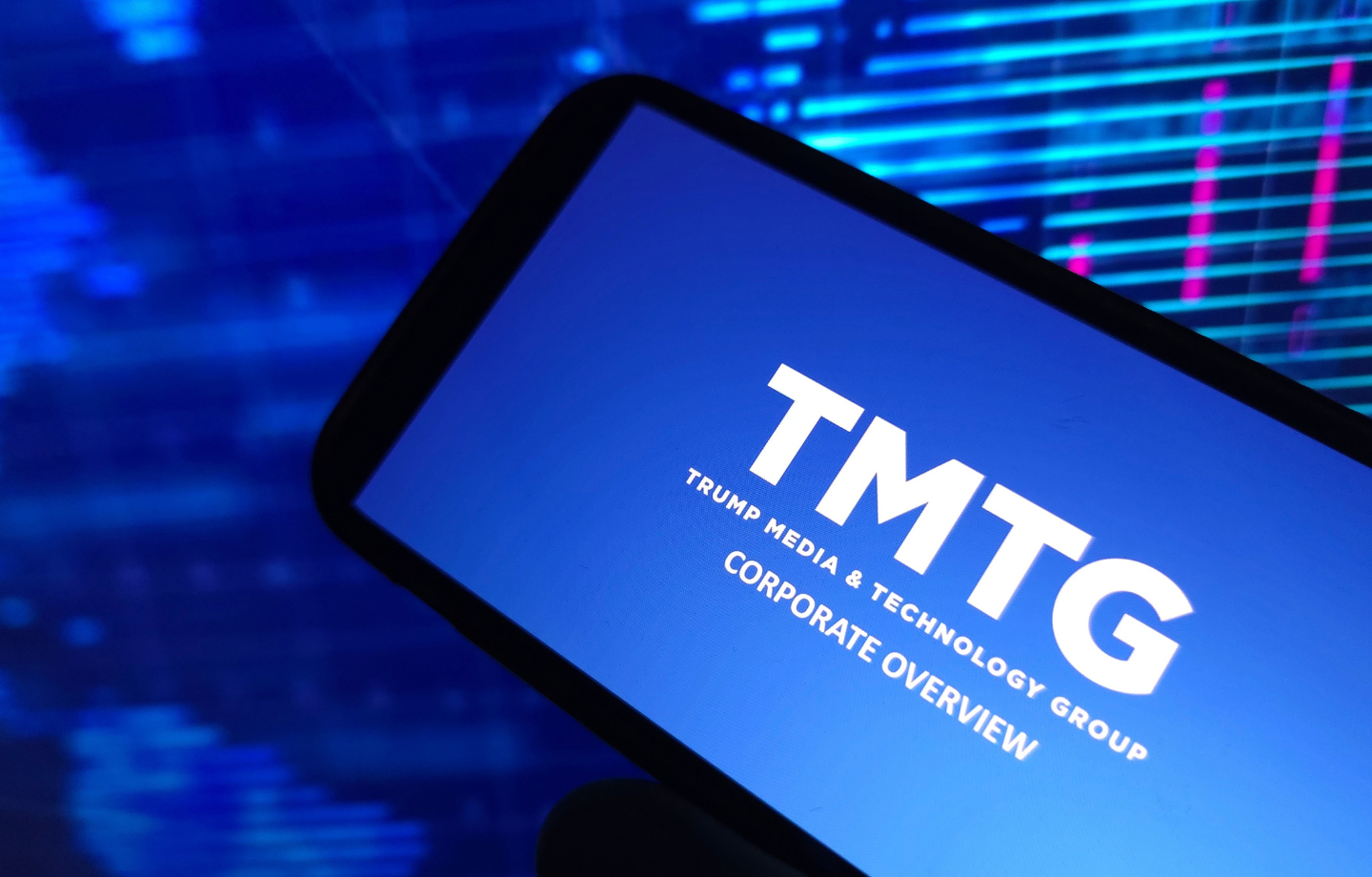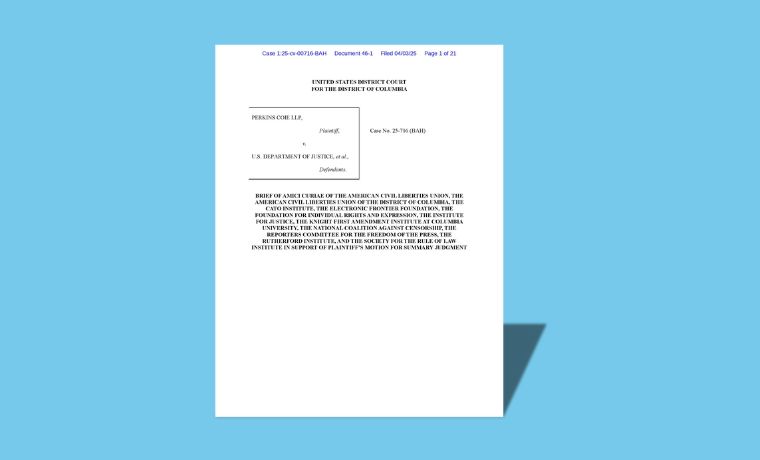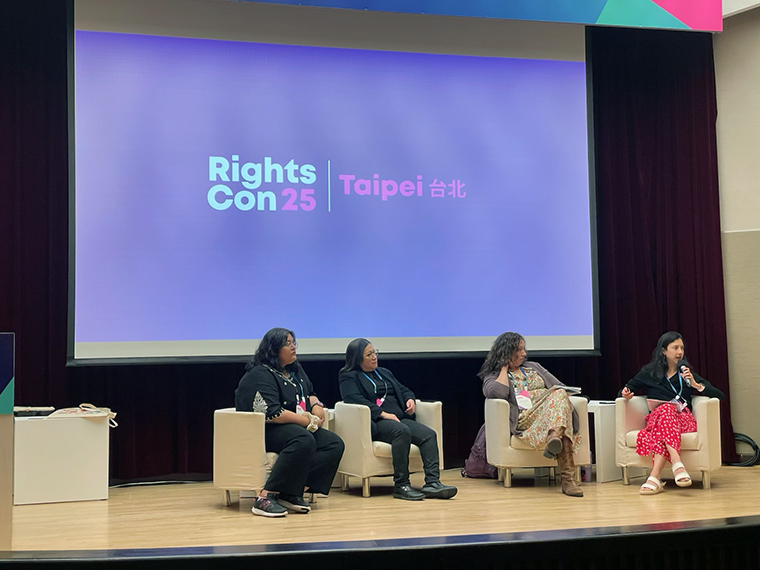Filling the Governance Gap: Multi-stakeholder Standard-Setting Trends in MSI Structures – Tiered Membership

February 23, 2016
Editor’s note: This post is part of an occasional series, “Filling the Governance Gap: Multi-stakeholder Standard-setting,” which examines the features of multi-stakeholder initiatives that set and enforce standards for human rights performance in different business sectors.
Multistakeholder Initiatives (MSIs) of private and public actors have emerged to fill governance gaps by creating binding and enforceable rules for groups of participating companies. One way to encourage broad membership across a range of industry participants in an MSI is to create a tiered membership structure. This can allow the MSI to accommodate differences in size and level of engagement of potential company members and help lower barriers to entry for small companies and those that derive only a portion of their revenue from the industry covered by the MSI. Risks of a tiered membership structure include unequal enforcement of the MSI’s human rights standard across tiers, and that companies in lower tiers derive similar reputational benefits as those in higher tiers because of a lack of differentiation in use of the MSI’s logo between tiers.
This post examines the tiered membership structures of two MSIs, the Fair Labor Association (FLA), and FairWear Foundation (FWF), both of which are discussed in greater detail in the Center’s forthcoming textbook, Business and Human Rights: From Principles to Practice, edited by Dorothée Baumann-Pauly and Justine Nolan.
I. Fair Labor Association
Companies can join the FLA in one of three ways:
- Participating Company: applies the FLA code of conduct to all factories in its entire supply chain; is subject to independent FLA monitoring of the supply chain and headquarters-level assessments, as well as the FLA’s Third Party Complaint process.
- Participating Supplier: applies the FLA code to all the factories it owns and operates; is subject to independent FLA monitoring of its factories and headquarters-level assessments, as well as the FLA’s Third Party Complaint process.
- Collegiate Licensees (four tiers – Category B, C, D, E): only applies the FLA code to factories in its collegiate supply chain; only Category B licensees are subject to independent monitoring and Third Party Complaints; Categories C – E are determined based on revenues and commit to a lower level of implementation, monitoring, and remedy of code violations. Category E has no membership fee and de minimus implementation requirements—only a signed letter of commitment must be submitted.
FLA has the largest membership of the MSIs examined in this blog series—as of this writing, there are 44 Participating Companies, 18 Participating Suppliers, 70 Category B Licensees, thousands of licensees in Categories C and D, and hundreds more in Category E. Similar to the International Code of Conduct Association (ICOCA), FLA’s university members create a procurement incentive for companies to join – companies must join the FLA to have access to the collegiate market (in the ICOCA, security contractors must join the association in order to bid on participating government contracts). This expands the membership base of the FLA, while also generating participation from a large group of companies with diverse interests, business models, and perspectives on labor rights issues.
While all companies are required to implement the FLA code in their supply chains and in their headquarters operations, enforcement is quite variable across tiers. Only companies and suppliers in Category B and above pay fees to the FLA for supply chain monitoring in addition to their membership dues. As a result, staff resources and support are weighted toward Participating Companies, Participating Suppliers, and Category B licensees, with fewer resources devoted to ensuring code compliance among the very large number of lower-tier Collegiate Licensees. Category E brings in many small companies and artists that otherwise would not have the resources or leverage to engage in factory monitoring, but still commit to the FLA code.
As currently structured, there are few incentives for Category B licensees to graduate to Participating Company status and extend application of the FLA code to their full supply chains. This means that large companies like Under Armour can remain in Category B for long periods of time and only apply the FLA code to a subset of their supply chains, while publicly associating themselves with the FLA logo and brand. There is almost no practical differentiation among membership tiers in their use of the FLA logo, which allows Category E licensees that only submit a letter of commitment to enjoy similar reputational gains as all other companies that have much stricter requirements.
II. FairWear Foundation
In the FWF, there are three types of company memberships:
- Members: actively implement the FWF code into their full supply chain, including subcontractors and home workers; create a coherent monitoring plan; compile a factory list; submit to independent, multi-stakeholder verification by FWF. There are 66 active members.
- Factories: actively implement the FWF code into all of their production sites and subcontractors, submit to independent, multi-stakeholder verification by FWF. This is a four-member pilot program for companies that supply FWF Member Companies.
- Young Designers: aim to work with factories that are being monitored; are encouraged to set up a monitoring system of their own and source from countries where the FWF is active. Targets companies with up to $2.5 million in annual turnover, and imposes a fee of only €565 ($623 USD) per calendar year. Not subject to independent FWF monitoring. There are ten young designer members.
FWF recently eliminated a fourth tier for retailers, “Ambassador,” whose members were subject only to de minimus implementation requirements. Unlike the FLA’s licensee program, the incentive for Young Designers to join FWF is tied to the reputational benefits of membership and signaling a concern for sustainability in their supply chains, rather than a procurement benefit. But similarly to the FLA, the Young Designers tier has the effect of bringing in many small companies with limited resources for labor rights compliance and limited leverage in the factories where they source. These companies have different needs and incentives for labor rights compliance as compared to higher-tier members. It can be a challenge to address these unique needs without significant fees to underwrite FWF staff support and engagement.
III. Recommendations
MSIs should consider the following factors in operating a tiered membership structure:
- Preventing free riders by publicly differentiating among tiers: It is important that company participants in MSIs derive reputational benefits for fulfilling stringent obligations under the MSI code. Companies in lower tiers should not get the same benefits as companies in higher tiers for lower levels of effort. MSIs should consider developing differentiated logos or marks for different tiers.
- Create incentives for companies to graduate to higher tiers: Above a certain revenue level, large companies should not be able to remain in lower membership tiers over time. MSIs could consider placing time limits on lower tier participation for large companies.
- Staff support and a revenue model for lower tiers: Companies that are not brand sensitive, just starting out, or have small revenues have a different set of needs in fulfilling human rights obligations under an MSI’s standard than large, established companies at the top of their industries. A large network of lower tier companies can create reputational risks for the MSI itself if these companies do not fulfill their compliance obligations. Mitigating this risk requires staff resources for capacity building and monitoring in this part of the membership base. Generating the resources for this kind of organizational capacity is a challenge, as lower tier members typically do not have sufficient resources for intensive support through their membership fees. MSIs should consider other sources of funding, such as from foundations or redistributing revenues from higher tiers, to more fully support lower tier members, while encouraging them to graduate to higher tiers over time.


 Business & Human Rights Leadership
Business & Human Rights Leadership


